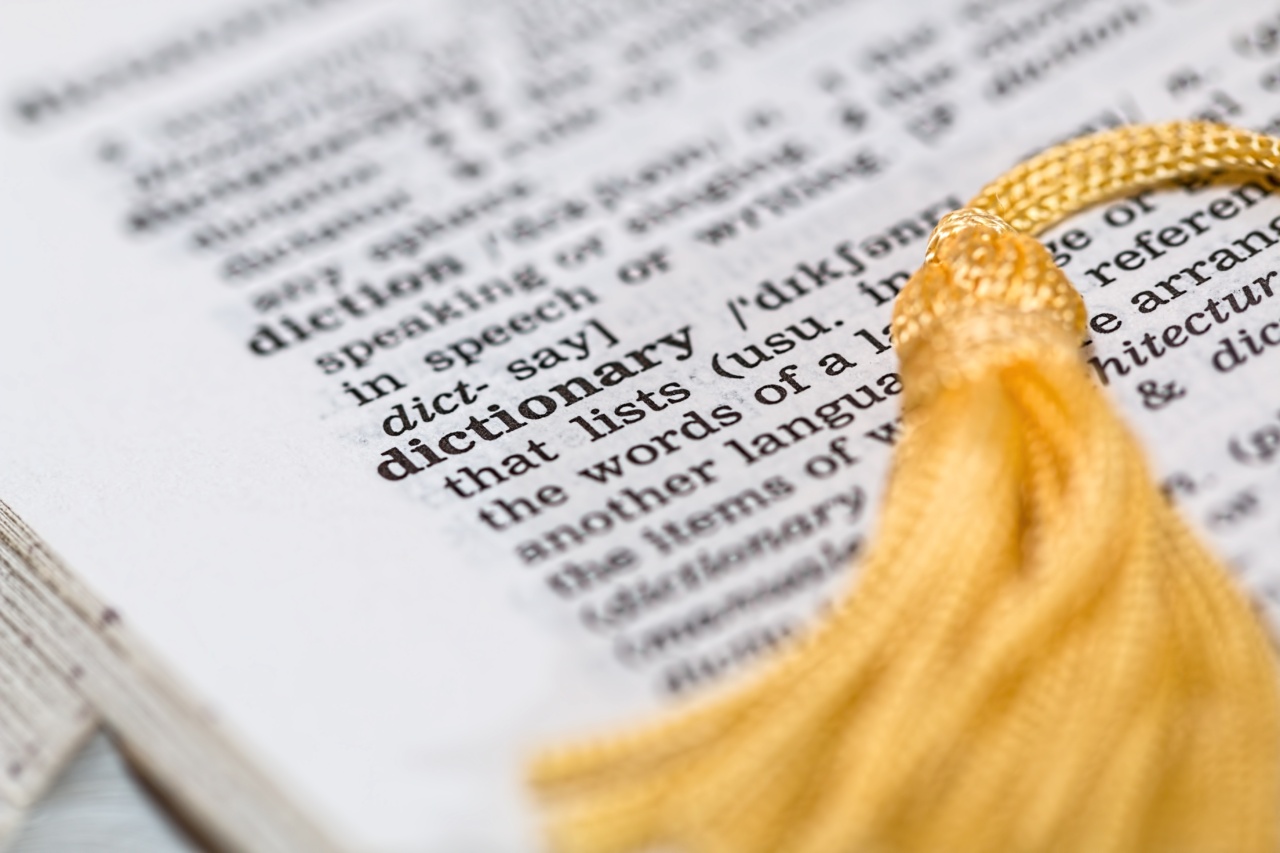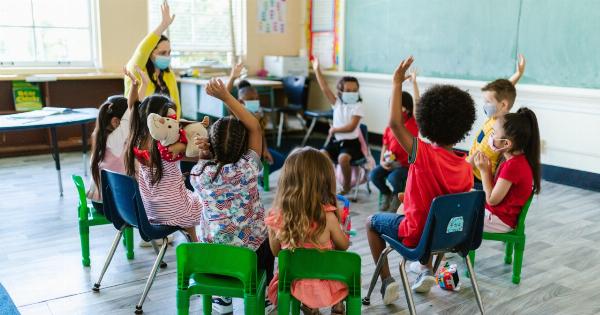Learning difficulties refer to the challenges that learners face when attempting to acquire new skills or ideas. These challenges interfere with the learning process and affect the way learners retain information.
While most individuals learn in a similar way, those with learning difficulties require alternative methods to comprehend new information. This article aims to provide insight into the basics of learning difficulties to help readers understand the common types and signs of learning challenges.
Types of Learning Difficulties
Learning difficulties are not a one-size-fits-all challenge. There are several categories of learning difficulties that educational professionals should be aware of. These categories are:.
Dyslexia
Dyslexia is the most common learning difficulty, affecting approximately one in ten individuals across the globe. It is a condition that affects a person’s reading and writing abilities.
Dyslexic learners experience difficulties in phonological processing, which makes it challenging for them to recognize letter sounds and connect them with words. Sometimes they may have trouble with short-term memory, which affects their ability to recall information. Dyslexia can also lead to poor spelling and reading comprehension.
Dysgraphia
Dysgraphia is a condition that affects a person’s writing abilities. Dysgraphic learners struggle with handwriting, spelling, and organizing written work.
They often write slowly and struggle with interpreting visual or spatial information, such as the distance between words or the spacing of letters. They may also struggle with fine motor skills, which makes it challenging for them to hold pens and pencils.
Dyscalculia
Dyscalculia is a learning difficulty that affects a person’s ability to understand and apply math concepts. Dyscalculic learners find it challenging to perform even simple arithmetic tasks.
They may struggle with counting, adding, subtracting, and may have a poor sense of numbers and quantity.
ADHD
Attention Deficit Hyperactivity Disorder (ADHD) is a neurological condition characterized by impulsivity, hyperactivity, and inattention.
ADHD affects the way the brain processes information, making it challenging for individuals with this condition to focus on specific tasks or sustain attention for long periods. ADHD can interfere with academic performance, social skills, and self-esteem.
Autism Spectrum Disorder (ASD)
Autism Spectrum Disorder (ASD) is a lifelong developmental condition that affects social communication and behavior.
Individuals on the autism spectrum may struggle with nonverbal communication, such as interpreting body language or recognizing facial expressions. ASD can also lead to restrictive and repetitive behavior, which can interfere with academic performance and social interactions.
Signs of Learning Difficulties
Learning difficulties can be challenging to diagnose since each learner has specific needs and strengths. However, there are some common signs that educators and parents should be aware of. These signs are:.
Delayed Speech
Some children may experience delayed speech development, which can be an early indication of a learning difficulty. Delayed speech includes slow language development, lack of vocabulary, and difficulty communicating with others.
Difficulty with Fine Motor Skills
Learners with learning difficulties may struggle with fine motor skills, which affect their writing abilities and other manual tasks, such as buttoning a shirt or tying shoelaces.
Poor Academic Performance
Learners struggling with learning difficulties may have poor academic performance, despite their best efforts. They may struggle with reading, writing, or math, which can lead to low grades and frustration.
Difficulty with Organization and Time Management
Individuals with learning difficulties may struggle with organization and time management, which can impact their academic and personal lives. They may have difficulty prioritizing tasks, remembering deadlines, or following routines.
Difficulty with Social Interaction
Learners with learning difficulties may struggle with social interaction and communication, which can interfere with their ability to make friends and develop relationships.
They may experience difficulty understanding social cues, expressing emotions and communicating their thoughts and feelings.
Conclusion
Learning difficulties affect millions of people worldwide, and they can affect individuals differently. Educators, parents, and guardians should be aware of the signs of learning difficulties to identify learners who may require additional support.
Intervention plans can improve the learning outcomes of individuals with learning difficulties, as alternative methods can be used to help them comprehend new information. A collaborative approach between educators, parents, and learners is necessary to ensure that the best possible outcomes are achieved for everyone involved.





























